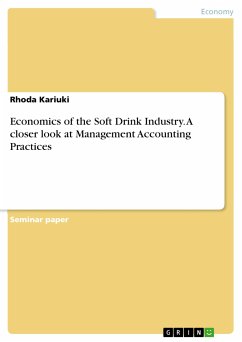Master's Thesis from the year 2021 in the subject Business economics - Business Management, Corporate Governance, grade: Very Good, Wollo University (Kombolcha Institute of Technology(KIOT)), course: Sewing Machine Operator Skill Monitoring, language: English, abstract: Ethiopian garment manufacturers need to improve their manufacturing performance to be competitive in local as well as international markets. The garments need to be of high-quality meeting in international standard, low cost and on-time delivery simultaneously. Some of the Ethiopian garment manufacturer problems like lack of skill monitoring system for employee skill evaluation methods, high levels of competition, low level of production efficiency, produce low-quality product, does not meet daily target, inadequate training, dissatisfaction of sewing operators and absenteeism, are some of the existing problems. Therefore, for such problems focusing on performance of sewing labor is essential. The focus is on raising the production efficiency and multi-skill development in the sewing production line through a skill matrix tool. The workers skill is analyzed on different jobs and based upon his/her performance on a job, a grade is given. This grade defines the level of performance an operator can achieve on that specific job. This study aims to find out the skill gaps of each individual sewing operators and categorization of the workers based on their skill levels and builds up the labor performance monitoring system. The data collection method for this study was both primary and secondary data sources, and for the selection of sample size random sampling technique is used. The categorization is based upon the well-established attributes from literature and relevant websites and done in two ways: Skills on the operation (types and number of operations) and Skills on the machine (types and number of machines). The study will initiate the management to know the performance of their employees and their skill gap, so that employees having better abilities may be rewarded and the wrong selection and placement may be reduced or avoided.









